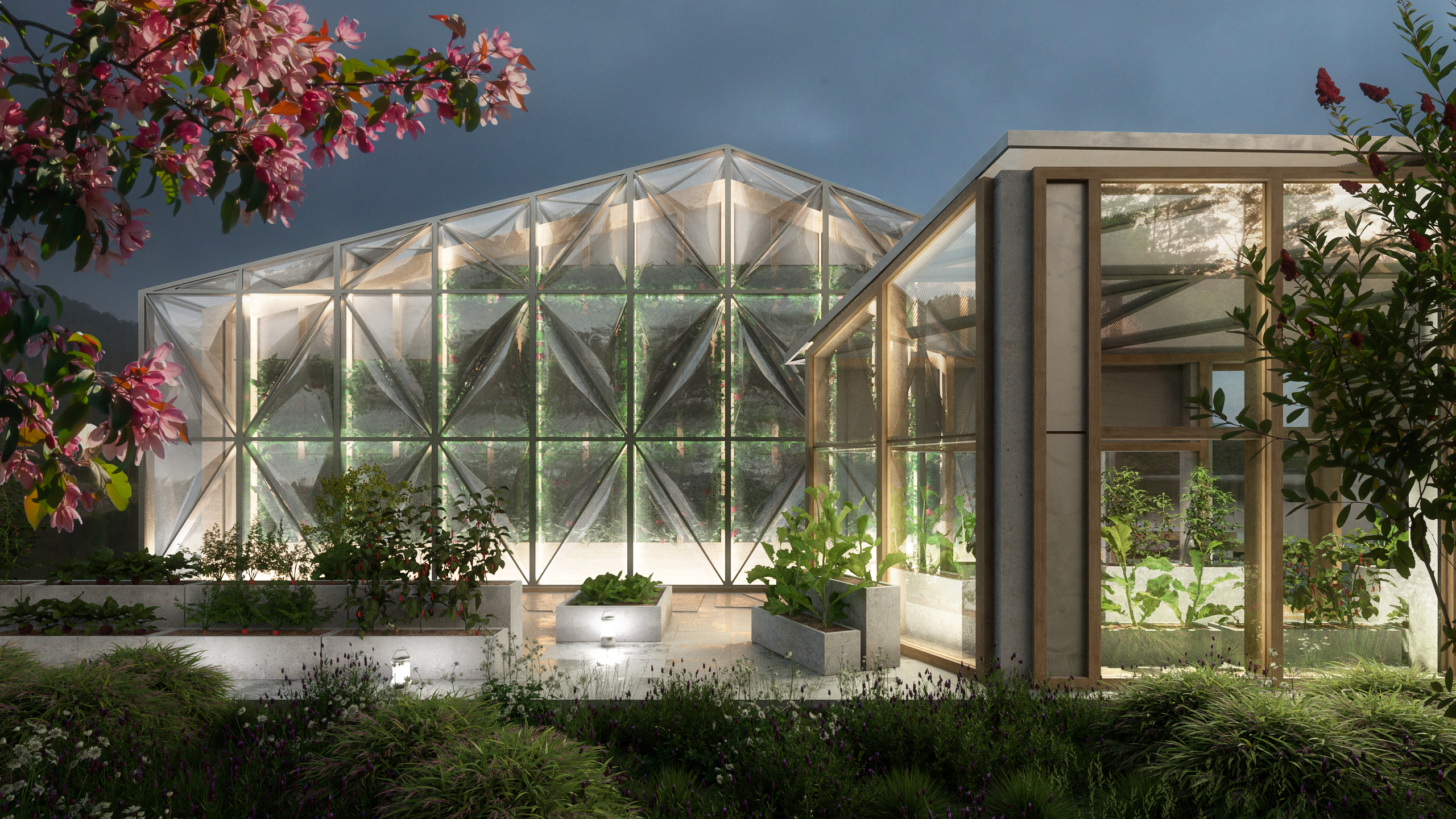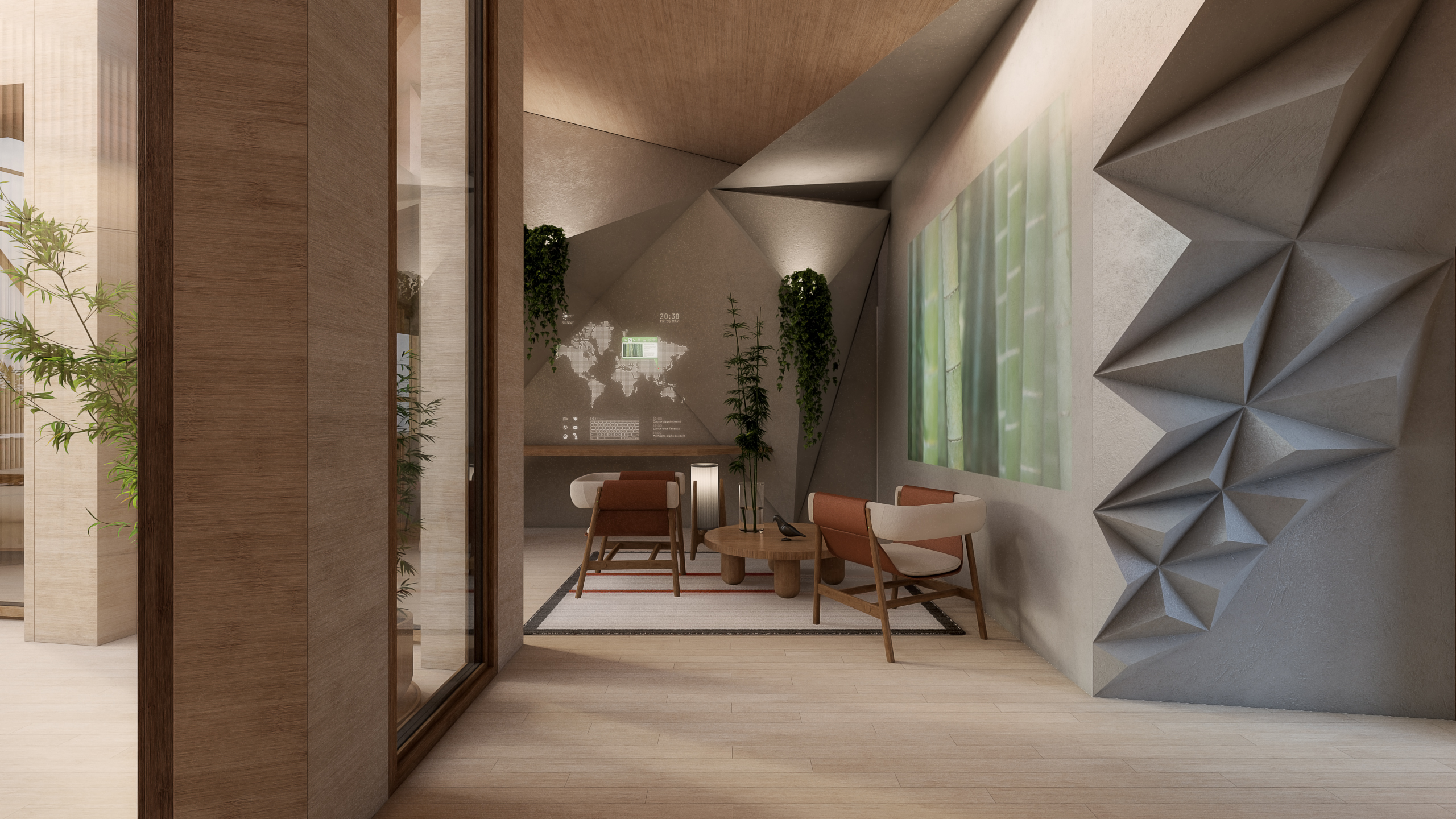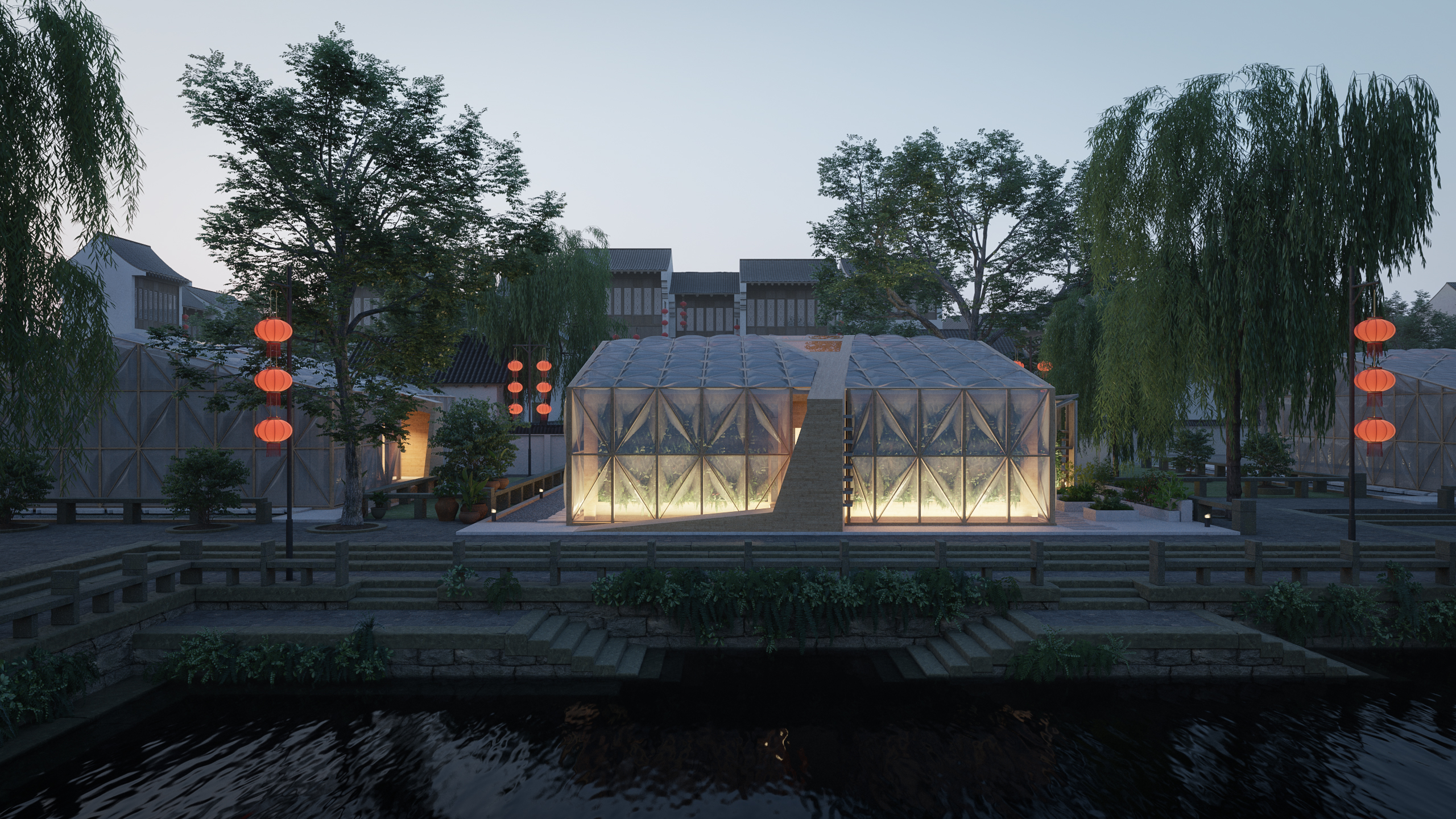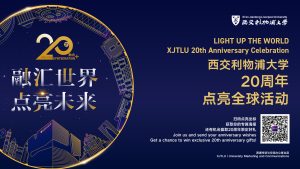22 Apr 2021
With the theme of “Restore Our Earth”, this year’s Earth Day on April 22 focuses on green and sustainable technologies that can help restoring the earth’s ecosystems.
Sustainability has always been at the core of its research, learning and teaching for Design School at XJTLU. Dr Marco Cimillo, Associate Dean of Learning and Teaching of Design School and Associate Professor in Department of Architecture, is leading Y-Team who aims at building an actual solar house to test new design strategies and solutions dedicated to energy-saving techniques.
Y-Team, representing XJTLU and international partners in Solar Decathlon China 2021, is an international and multidisciplinary team with members from nine different nationalities and academic specialties in four different institutions, while its Y-Project envisions a comprehensive set of strategies for sustainable development, smart connectivity and human health, in response to the Solar Decathlon Challenges.
“Everything in the solar house contributes to the energy performance, from the shape of the building, to the furniture,” says Dr Cimillo, who is the project manager and coordinator.

The team uses a bamboo-based structure and natural insulation materials with extremely low embodied carbon, to minimise the environmental impact over the whole life cycle. For the thermal control, the house relies largely on passive strategies to reduce energy consumption to a minimum. The remaining heat will be generated by a high-efficiency geothermal heat pump, using energy provided entirely by the photovoltaic systems integrated in the building skin.
“Sustainable development is also about providing people with a high-quality habitat, and we strive to maximise environmental comfort and users’ health,” says Dr Cimillo, “highly flexible interiors, connectivity and interactive interfaces integrated in the architecture will be among the most striking features of the project.”

Dr Cimillo believes that energy is key in addressing global issues like climate change and in achieving the Sustainable Development Goals set by the United Nations, and that distributed production and storage of renewable energies also allow citizens to have more control of the energy instead of relying on big producers.
“Our solar house will be connected to the grid and will generate on site all the energy necessary to its operations. It is also equipped with batteries to store energy when needed end exchange with the network flexibly. At times we might need to draw electricity from the grid, but in other moments will be able to export our clean energy.”

“We believe this is how all new buildings will operate soon in the future smart grids,” he says.
After Solar Decathlon 2021, the building will be used as a demonstration facility for sustainable development, in connection with the 2022 Winter Olympics.
By Yi Qian
22 Apr 2021







